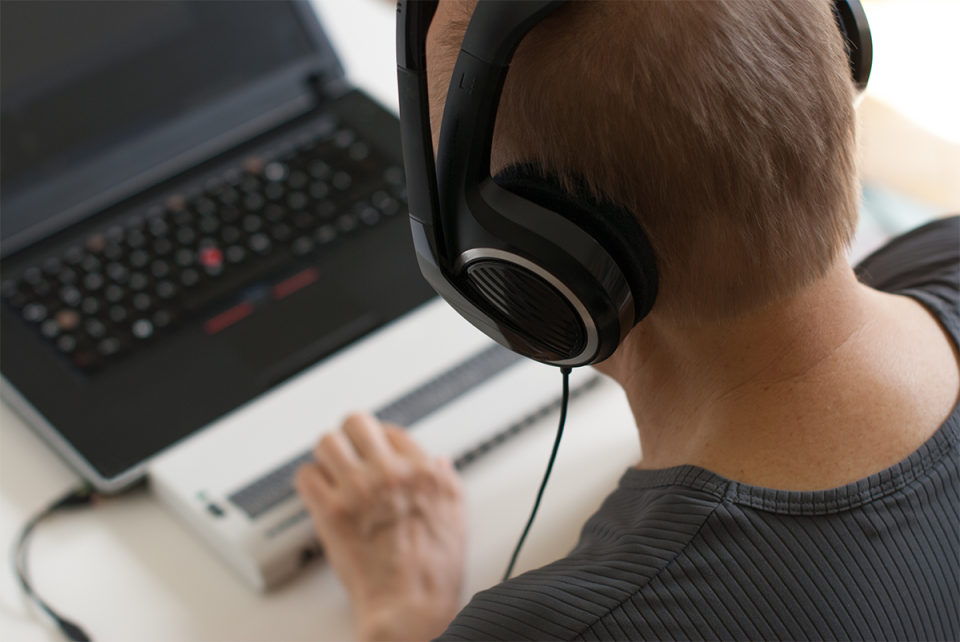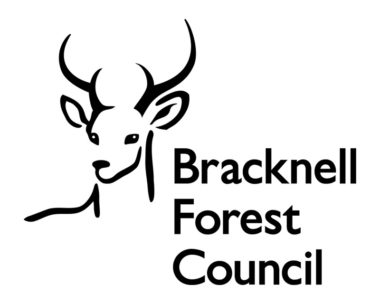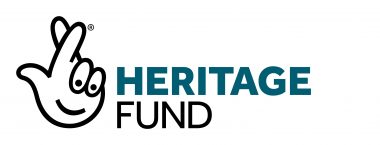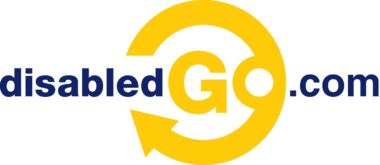Braille is a simple, but effective method of communication. This method was invented by Louis Braille to enable people who are blind to receive letters and gain access to information.
About Louis Braille
Louis Braille was born in France on January 4, 1809. He was involved in an accident at a young age, which resulted in his becoming blind.
At eleven years old, Braille was inspired to modify Charles Barbier’s night writing code to be a more efficient written communication system for fellow blind individuals. Over the years, from the age of 9 to 20, while at the National Institute of the Blind in Paris, Lewis perfected the Braille system that is still in use. Today, Braille can be seen and felt on items, such as some medication and potentially dangerous items, like bleach.
Braille in the new millennium
I lost my sight just before the millennium. Between Braille use and computers, using a screen reader, Braille seemed old-fashioned to me. However, technology was not as advanced as it is now, and one way that I could read Braille was at university, making presentations. On reflection, I still thought Braille was on its way out.
Nevertheless, it was not until I started working for Shaw Trust Accessibility Services, that I was more aware of other people’s disabilities.
People who are Deafblind
What about someone who is Deaf or hard of hearing as well as blind?
Braille may be old, but it can also be current when combined with a computer. Nowadays, you can get an attachment for the bottom of a keyboard that has a Braille display. This allows a person who is visually impaired or has a hearing disability to use a computer, enabling them to gain access to all the digital information that this modern age provides. However, this communication method can only be used to its best potential when websites are created to be accessible.
The problem with unlabelled or non-descriptive labelling on elements
For those of you who have read other blogs on our website, you will understand that from my point of view, there are difficulties sometimes with being able to engage with the internet and gather information. This is due to many platforms being inaccessible.
Every day is a learning day, and just sitting back for a few minutes and considering other people’s requirements can help you think in diverse ways.
It can be very difficult and time-consuming to find an element that is either unlabelled or non-descriptive on a website.
An unlabelled element for people with sight loss sometimes results in having to:
- Select an item and hope for the best that it either directs you to a correct page or completes an action.
- Activate an element and then examine what has changed on the page.
Non-descriptive elements result in you having to navigate to them and then read around the element for any clues about what the feature is asking for or where it will take you. This is all time-consuming when you can hear it, let alone when you must use Braille.
I was thinking how long it would take me, as an extremely limited Braille user, to read an element, not the paragraph around it, to find out what to do. This is where I suddenly did not put myself in other shoes, but investigated my lack of knowledge. Although very frustrating, it is the same experience that I go through, with elements still being either inaccessible or time-consuming. However, sitting and contemplating on this subject, I remember some of my friends who are blind could read a newspaper quicker than I could when I could see. Not only that, but on the other hand, they had already proofread the next line down too.
What I am trying to say is not to underestimate people’s abilities.
Conclusion
Awareness days such as World Braille Day are worth remembering. Without this method of communication, life would be quite different, not only for blind people but also for deafblind people.
To help create a more accessible world, if you are creating a document, letter, or report, remember to break the sections up and add well-described, structured headings. This will allow users to swiftly navigate to that part of the document.
For those of you who are putting together a website, whether you are a designer, developer, or someone who is overseeing the website project, make sure that all elements are labelled descriptively.
Just one more note before finishing, remember, don’t underestimate people’s abilities.







